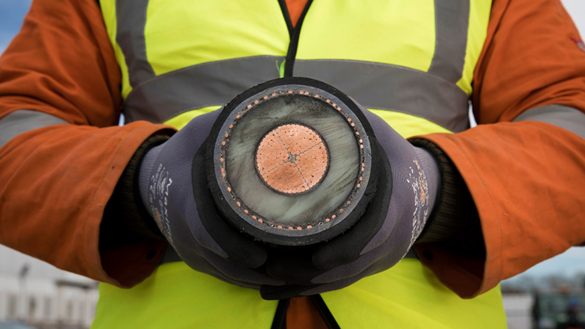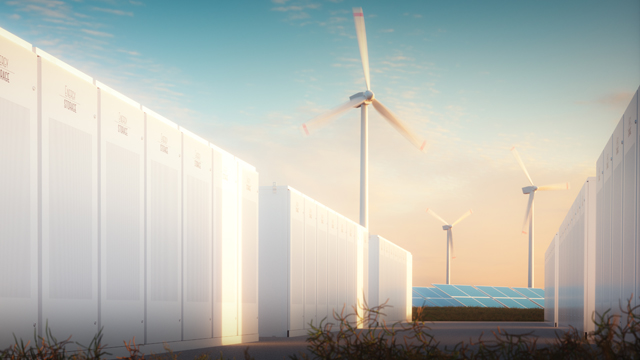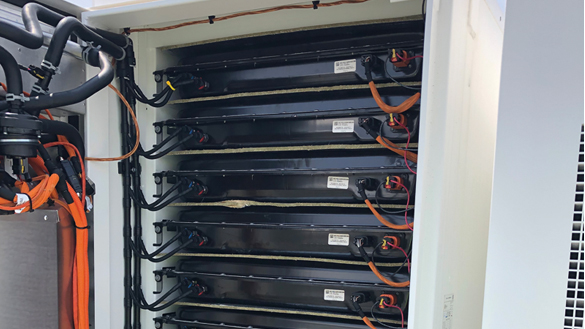
To achieve net zero carbon emissions, more of our electricity needs to be generated from renewable energy sources – two of the most popular being wind power and solar power.
Because energy generation from these sources can be intermittent, we receive a lot of questions about where clean electricity will come from when the sun isn’t shining and the wind isn’t blowing.
Wind and solar energy: Your questions answered
Find the answers to some of the most common questions, myths and misconceptions surrounding wind and solar electricity generation.
Wind power: Your questions answered
Answers to some of the most frequently-asked questions about wind energy, wind turbines and wind farms.
Solar power: Your questions answered
Answers to some of the most frequently-asked questions about solar energy, solar farms and solar panels.
Providing clean energy that doesn’t rely on the sun or wind
These are some of the solutions that will help to ensure there's enough clean energy to meet demand, even when the wind isn't blowing and the sun isn't shining.
Electricity interconnectors are high-voltage subsea cables that allow excess power to be traded and shared with neighbouring countries, ensuring that power can be available where it's needed and any excess renewable energy isn’t wasted.
Find out more about interconnectors:

2. Using a variety of renewable energy sources
Renewable energy sources are natural, self-replenishing, and usually have a low- or zero-carbon footprint. Each type of renewable energy contributes a different amount to our electricity mix.
The different types of renewable energy3. Storing energy to use later
When the amount of renewable energy being generated is greater than what’s needed, it makes sense to store that excess energy so it can be used at a time when the demand exceeds the generation.
There are various types of technology in use or in development for storing renewable energy.
Find out more about energy storage:

4. Nuclear energy
Nuclear energy has been part of the global energy mix for more than half a century. Today it plays a role in helping to provide clean, low-carbon electricity and could be pivotal in efforts to reach net zero by 2050.
Find out more about nuclear energy
5. Liquefied natural gas (LNG)
Natural gas is a ‘traditional’ source of energy that's already used for a range of functions, from heating our homes and businesses to cooking and transport. But the fact that it’s a fossil fuel means there’s a limit to how long we can continue to rely on it. However, LNG may be the ‘clean’ fossil fuel that’s best-placed to help us transition to a carbon-free future.
Find out more about LNGMaking sure all of this clean energy can get to our homes and businesses

To bring more of this clean, green energy from where it’s generated to where it’s needed, we're upgrading the UK’s electricity grid and infrastructure.
The Great Grid Upgrade will help the UK switch to clean energy and make sure our electricity network is fit for the future; carrying more clean, secure energy to power our homes and businesses.





